User Experience Design (UXD or UX) is the process of enhancing user satisfaction by improving the usability, accessibility, and pleasure provided in the interaction between customers and offerings (products apps, software, services or environments.)
Why design experiences?
While the terminology is relatively new, it has established itself as bridge between the user, technology and business. UX combinations human centred design (HCD) principles, design thinking, neuroscience and behavioural psychology with business analytics by applying appropriate technology to create and facilitate engaging experiences.
Experience design (UX) is now an established process and innovation methodology with a set of distinct tools used to define and design processes, services, customer journeys and environments with a focus placed on the quality of the user experience that is culturally relevant.
At the core of user experience design is a people-centric focus. Using collaborative and participatory processes, experience design uses co-design methods and tools to help designers partner with users to illicit their perspective and knowledge, to support idea generation, and aid in product development.
Experience design stresses the importance of the brand and its values in the creation of relevant, engaging, differentiated experiences while ensuring the customer feels engaged, fulfilled and satisfied.
By identifying differing user needs and goals, UX aims to deliver a personalised and relevant experience in the context of what the business can offer or needs to provide to engage with customers.
Experience design provides a holistic vision by combining insight, strategy and design together with an understanding of technology and acute business acumen.

The process, tools and technology used in developing compelling experiences for the web focus on content, design and technology.
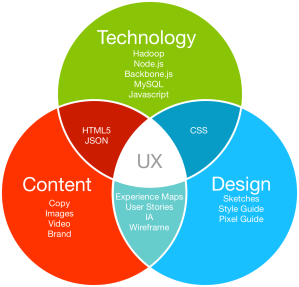
The process begins by identifying user needs and developing a business case. Designers work with users to identify their needs through workshops where different prototypes are tested with a focus on usability, performance and consistency. Using agile techniques designers and developers work in sprints to build the minimal viable product (MVP) that is desirable, feasible and viable.

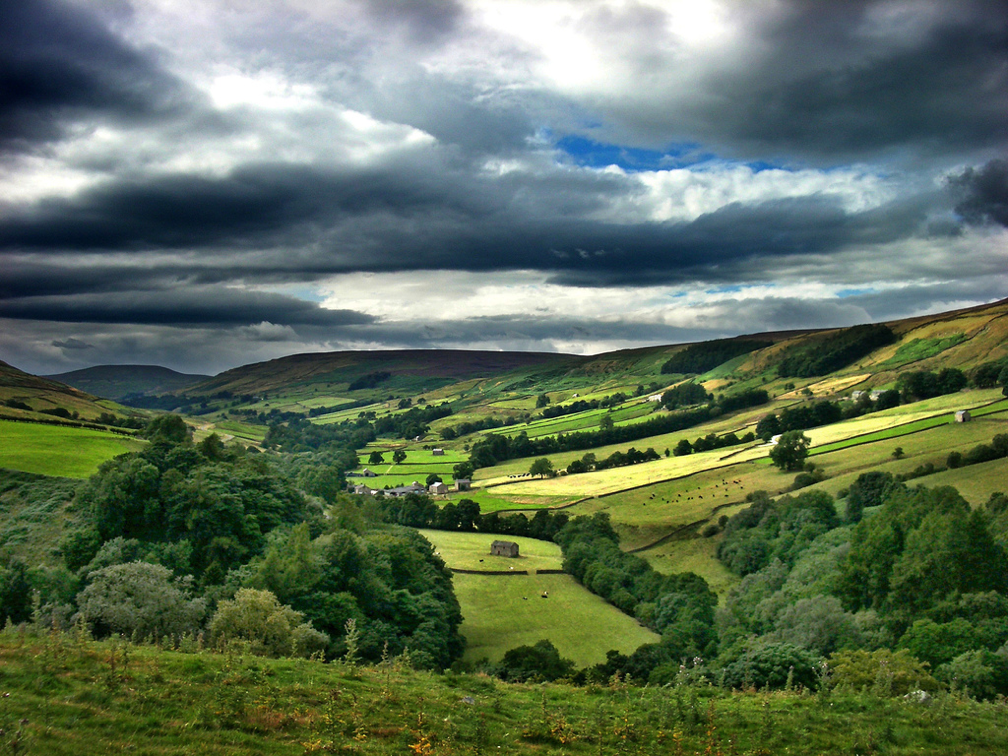
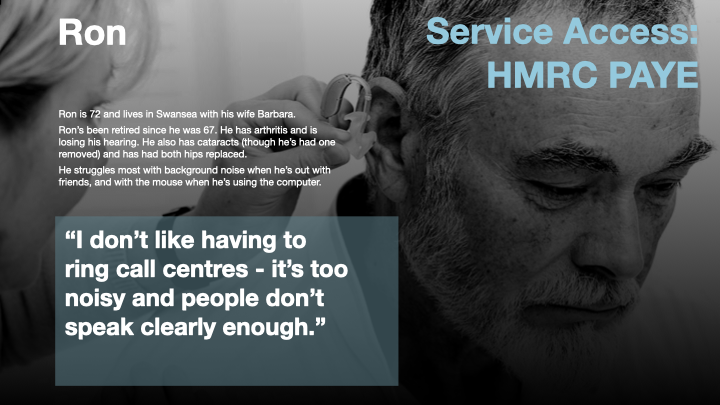
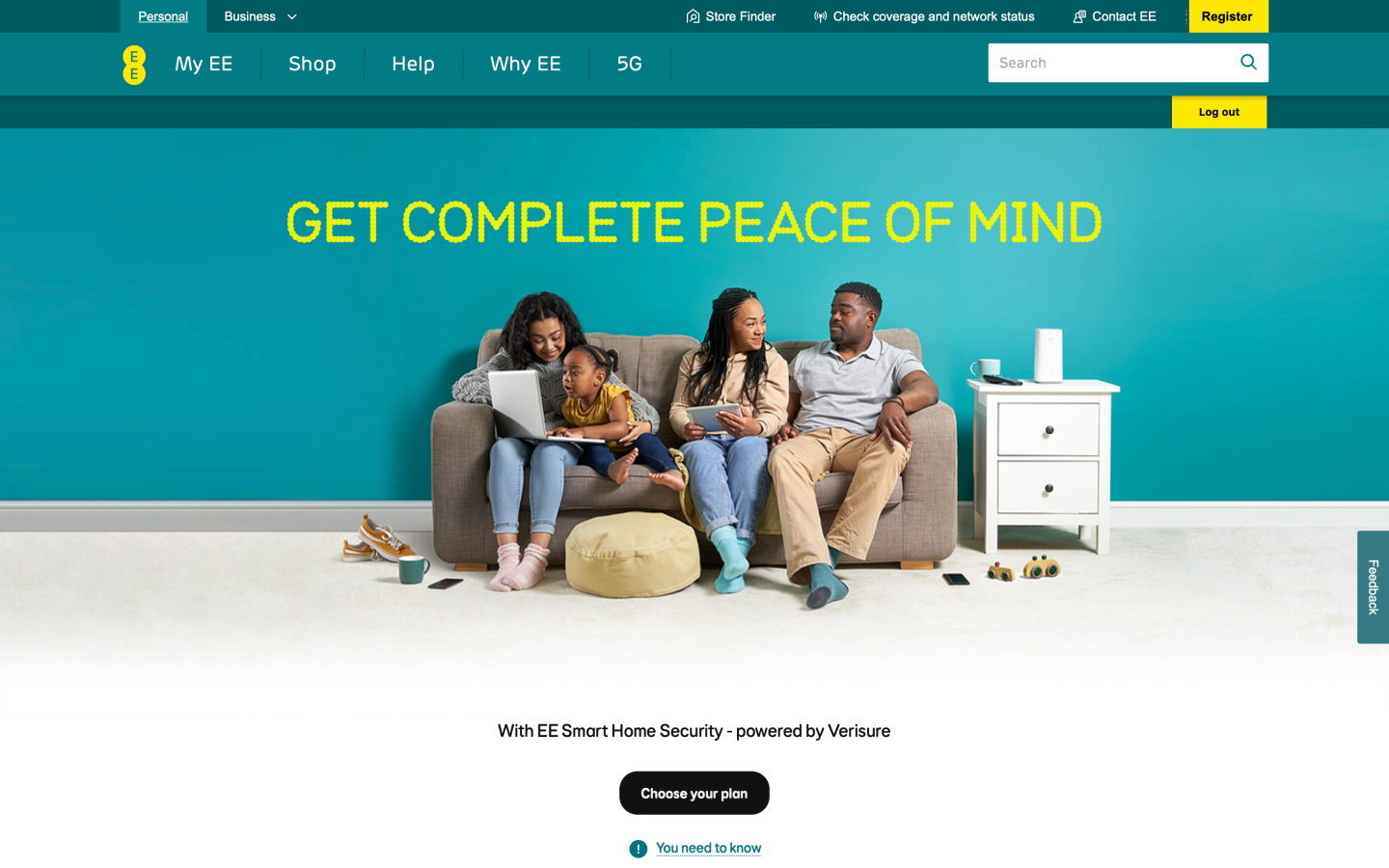
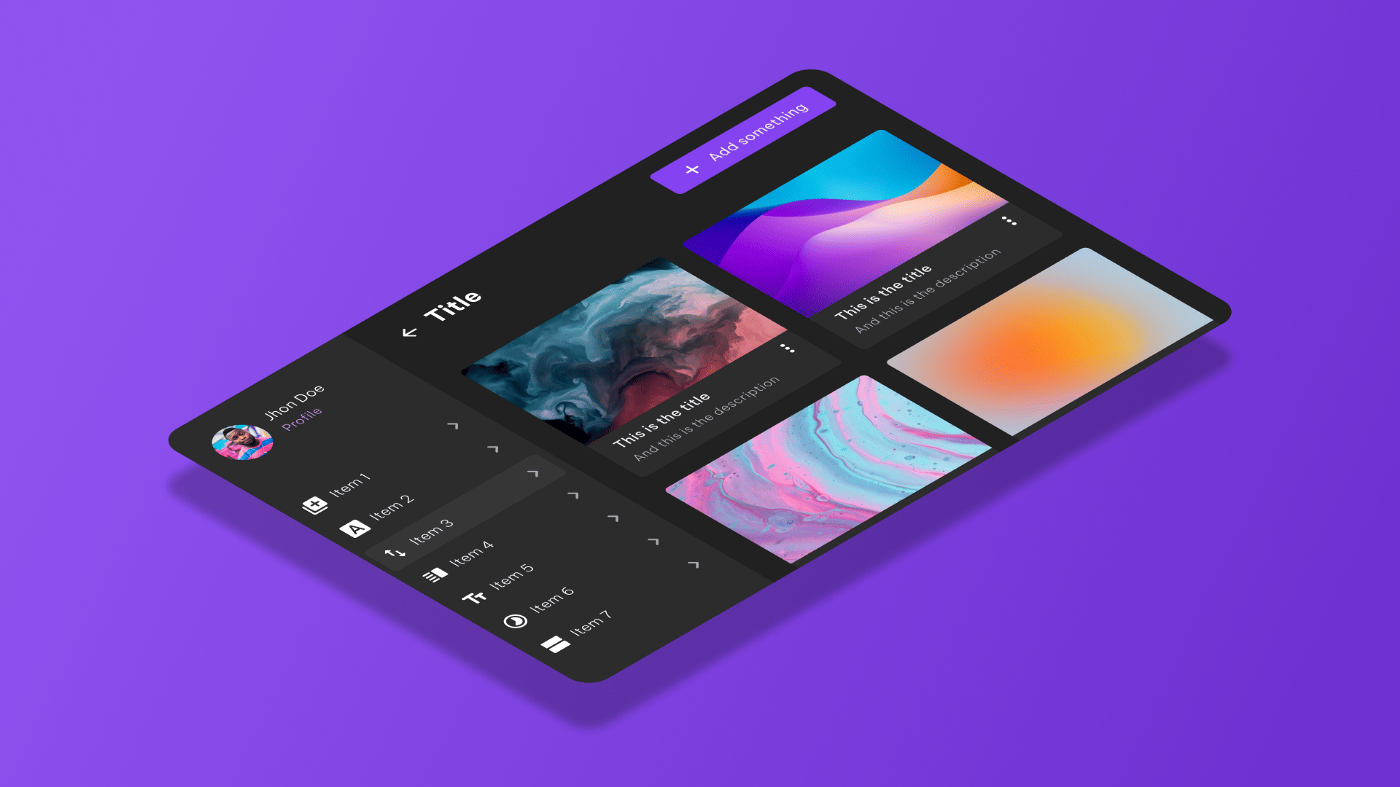
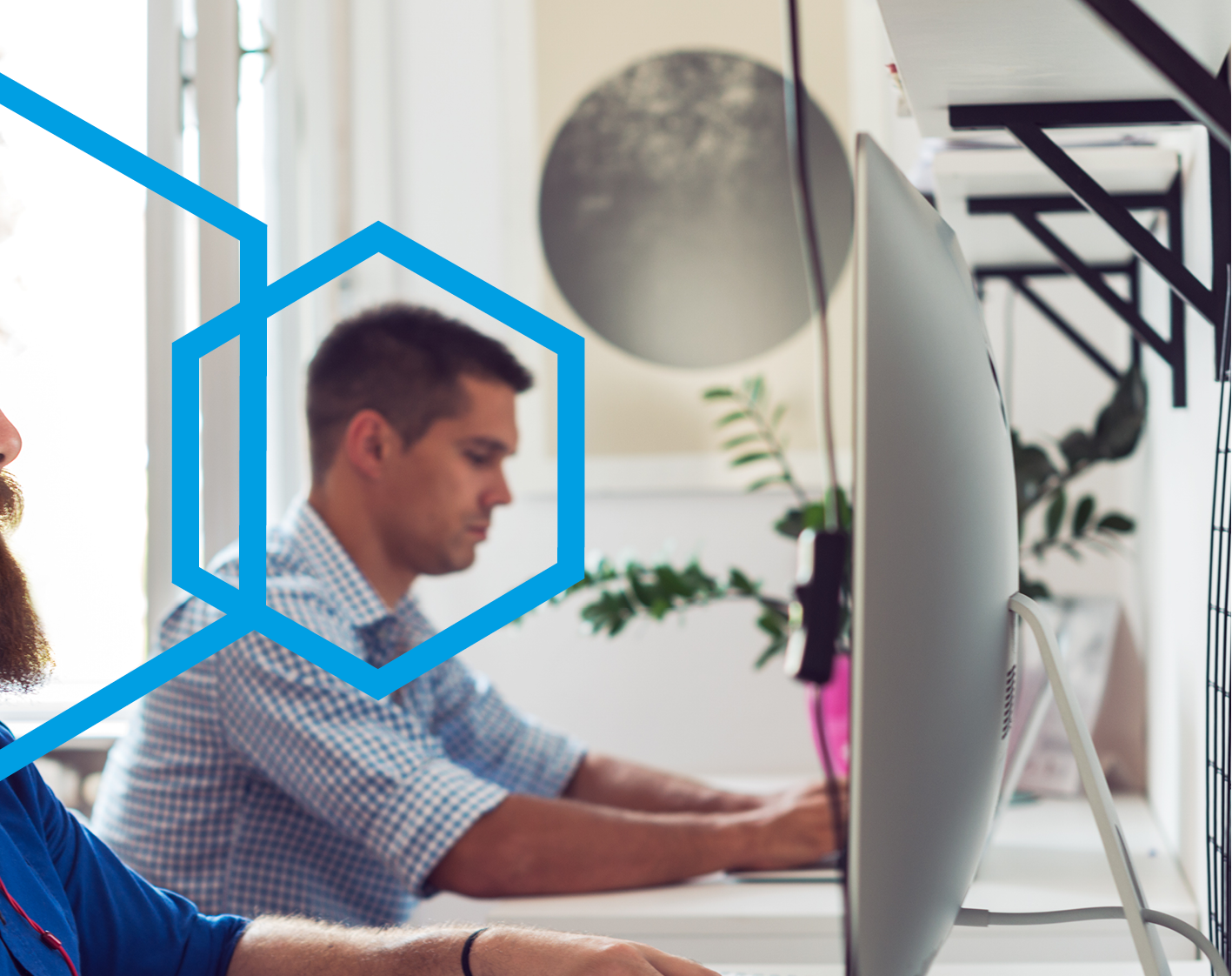
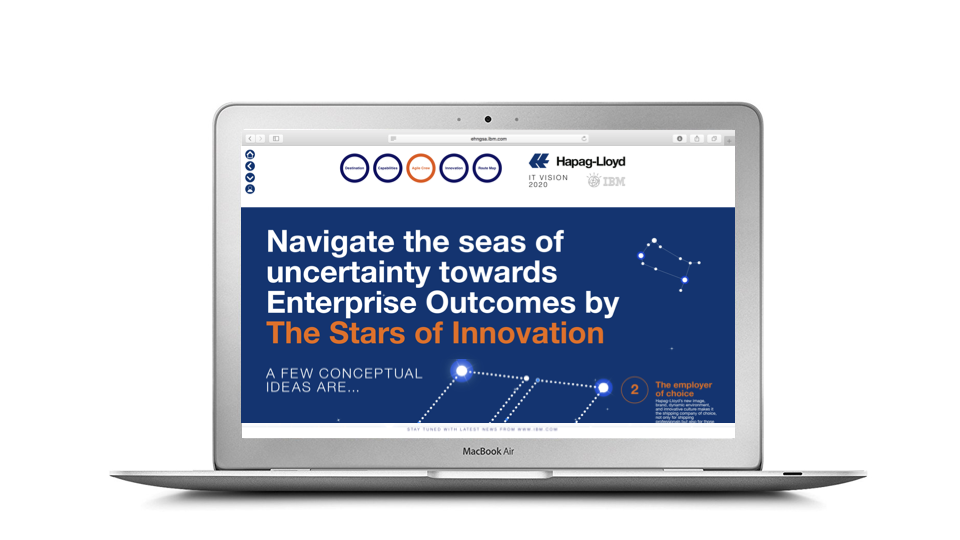


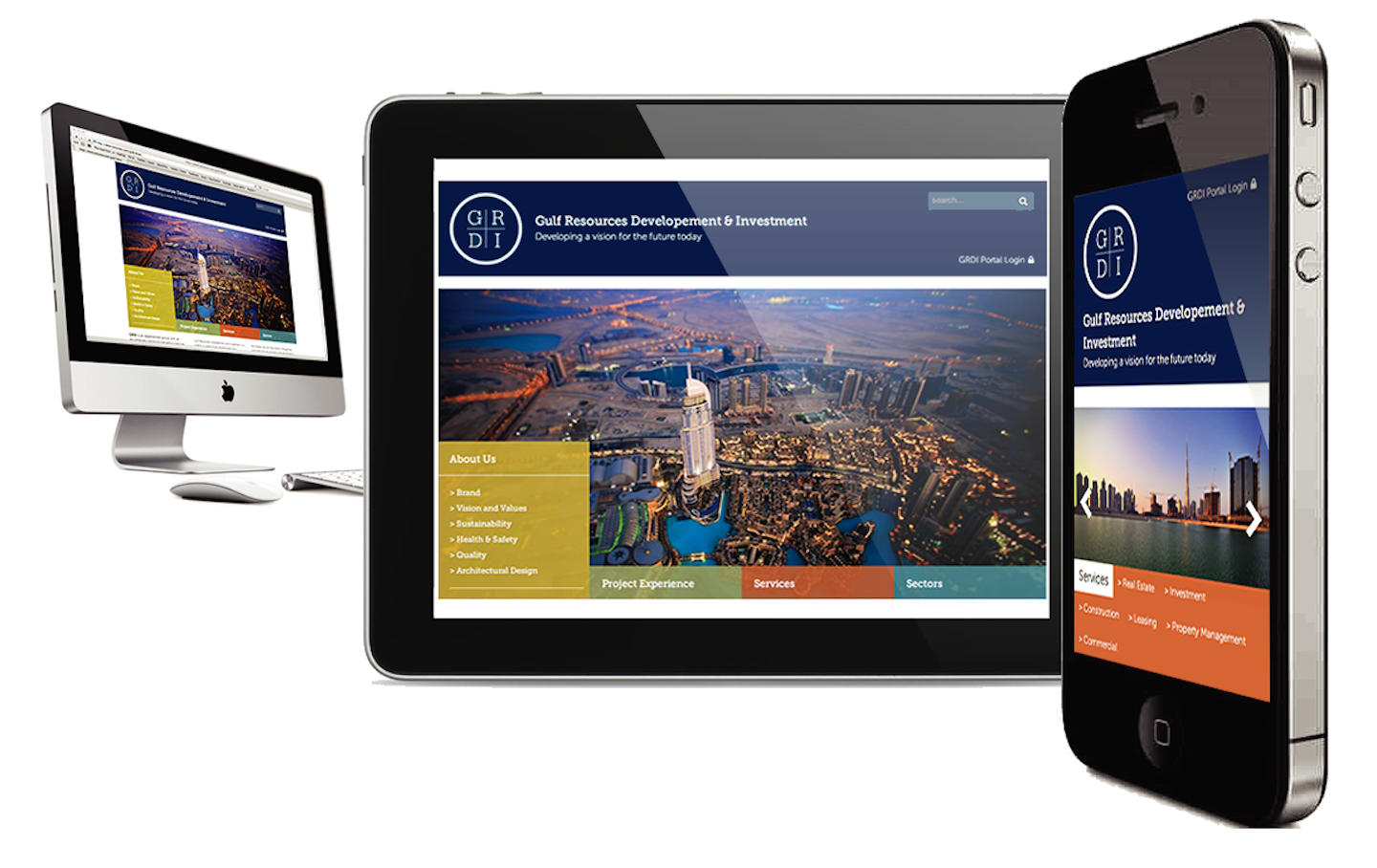

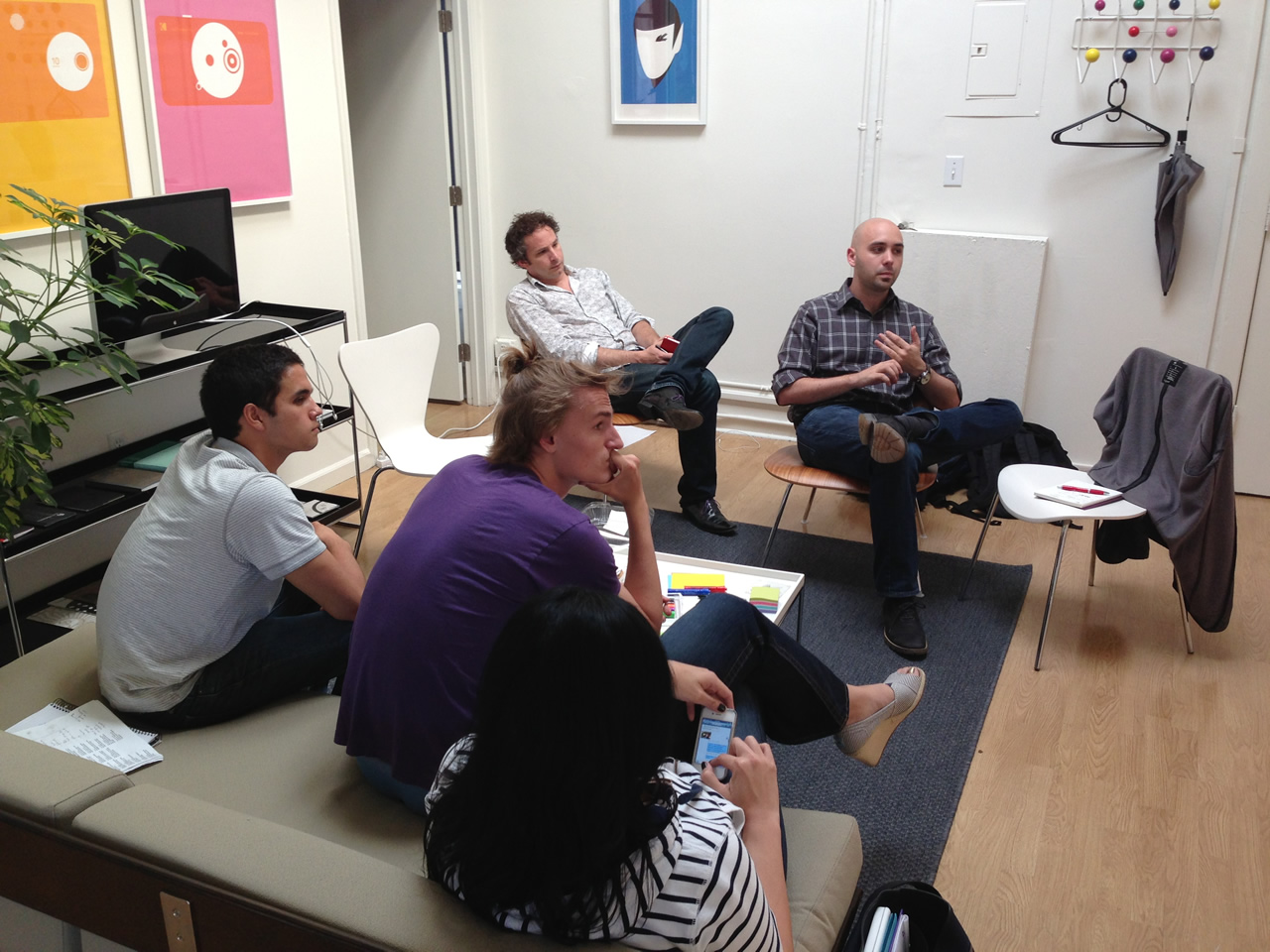
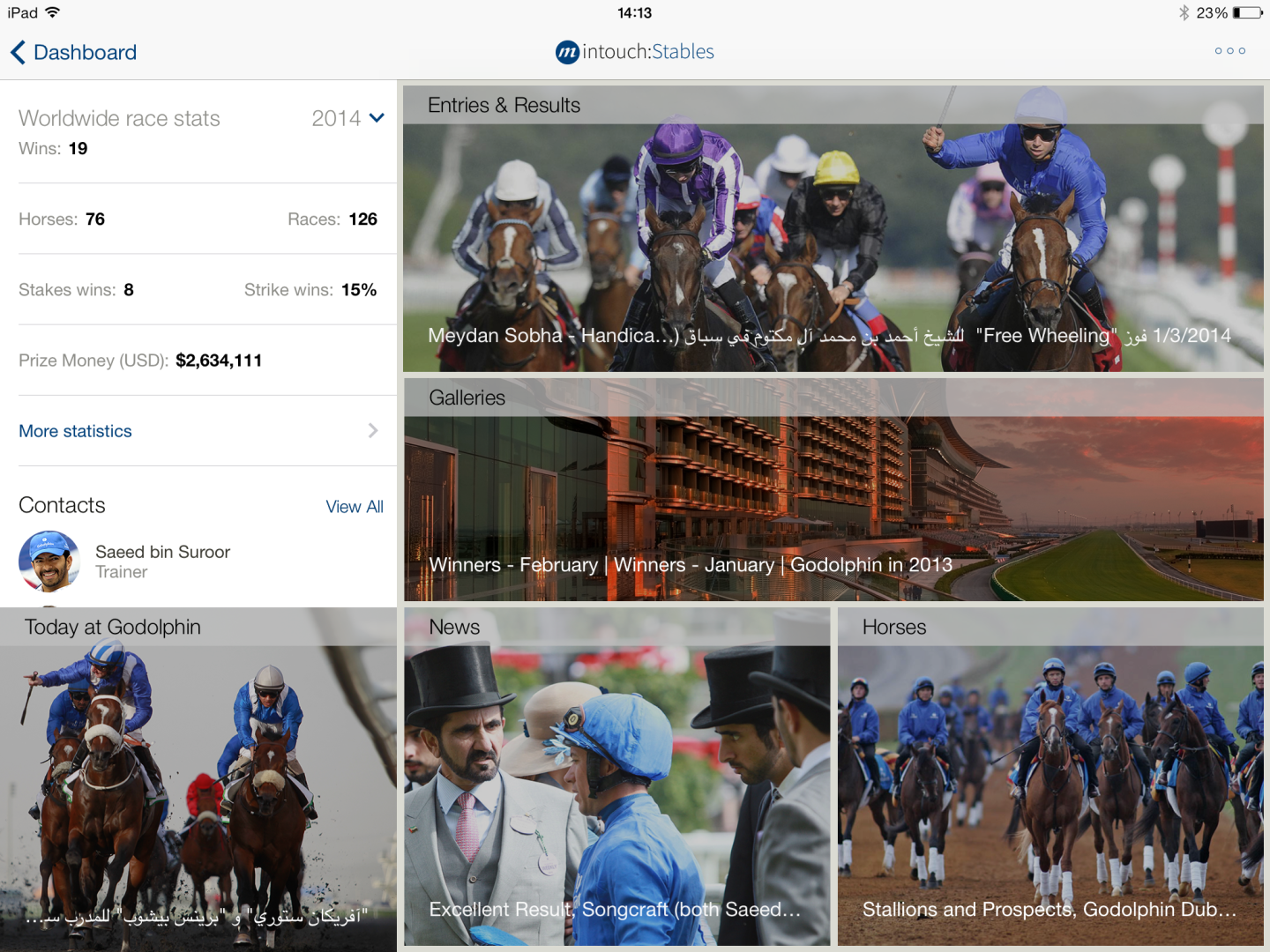
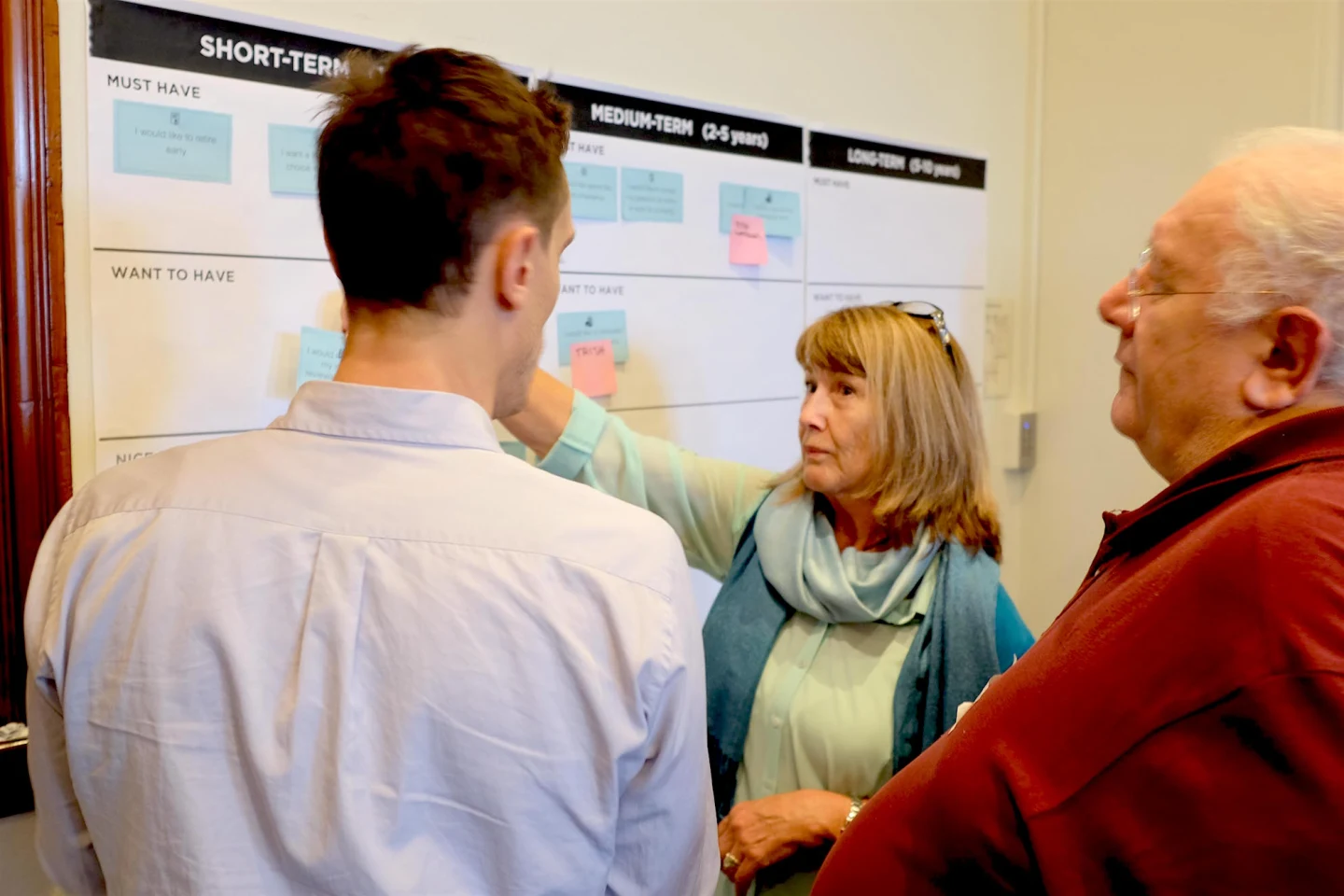

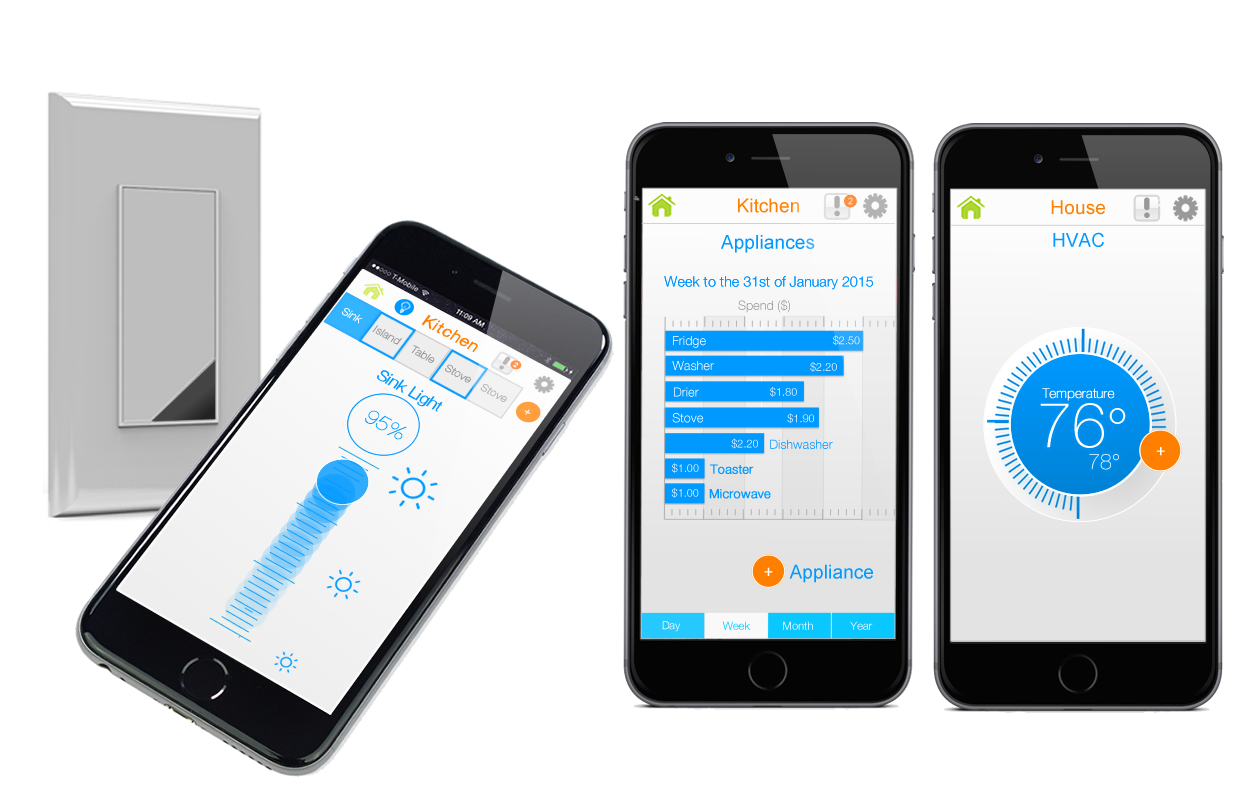
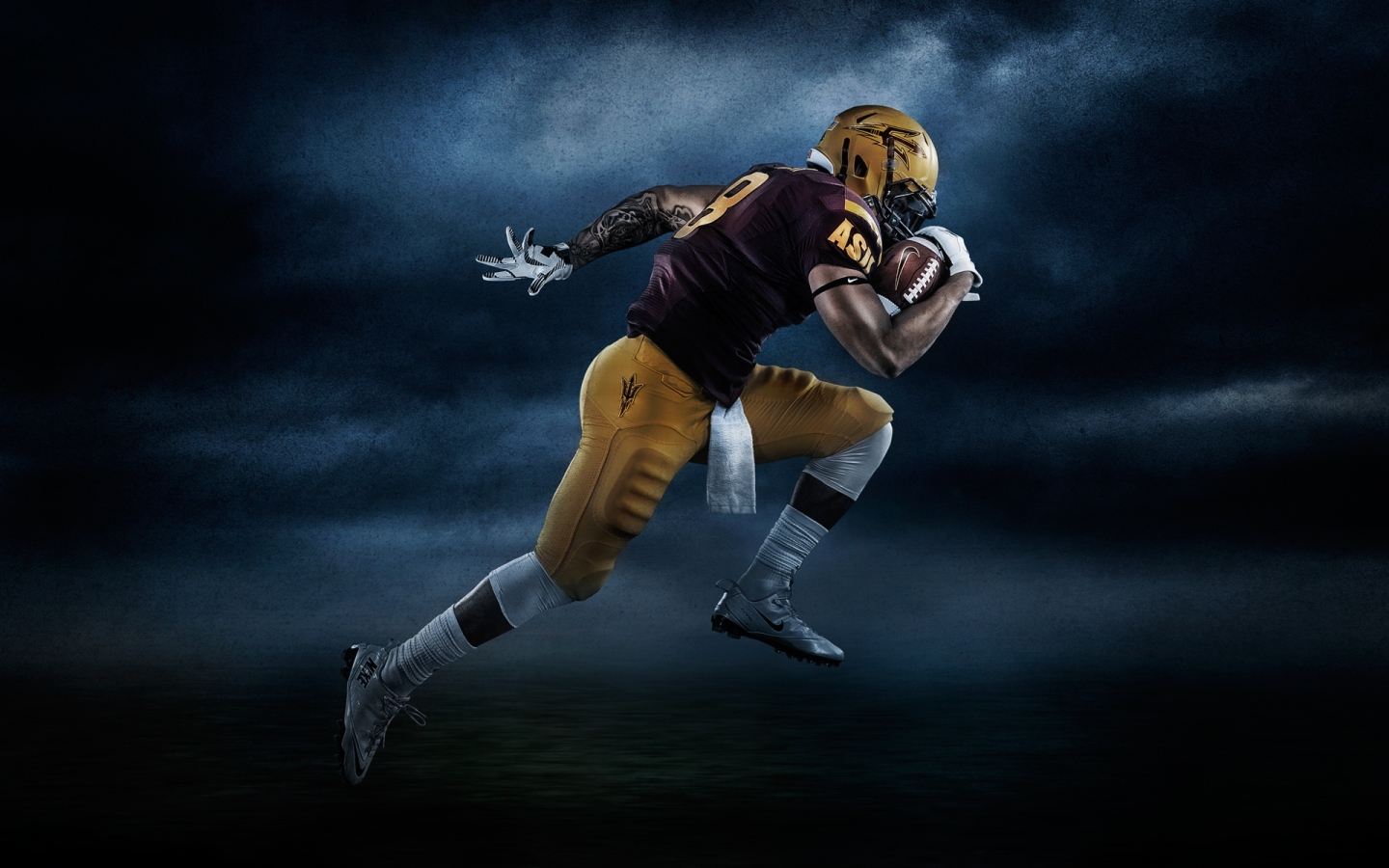

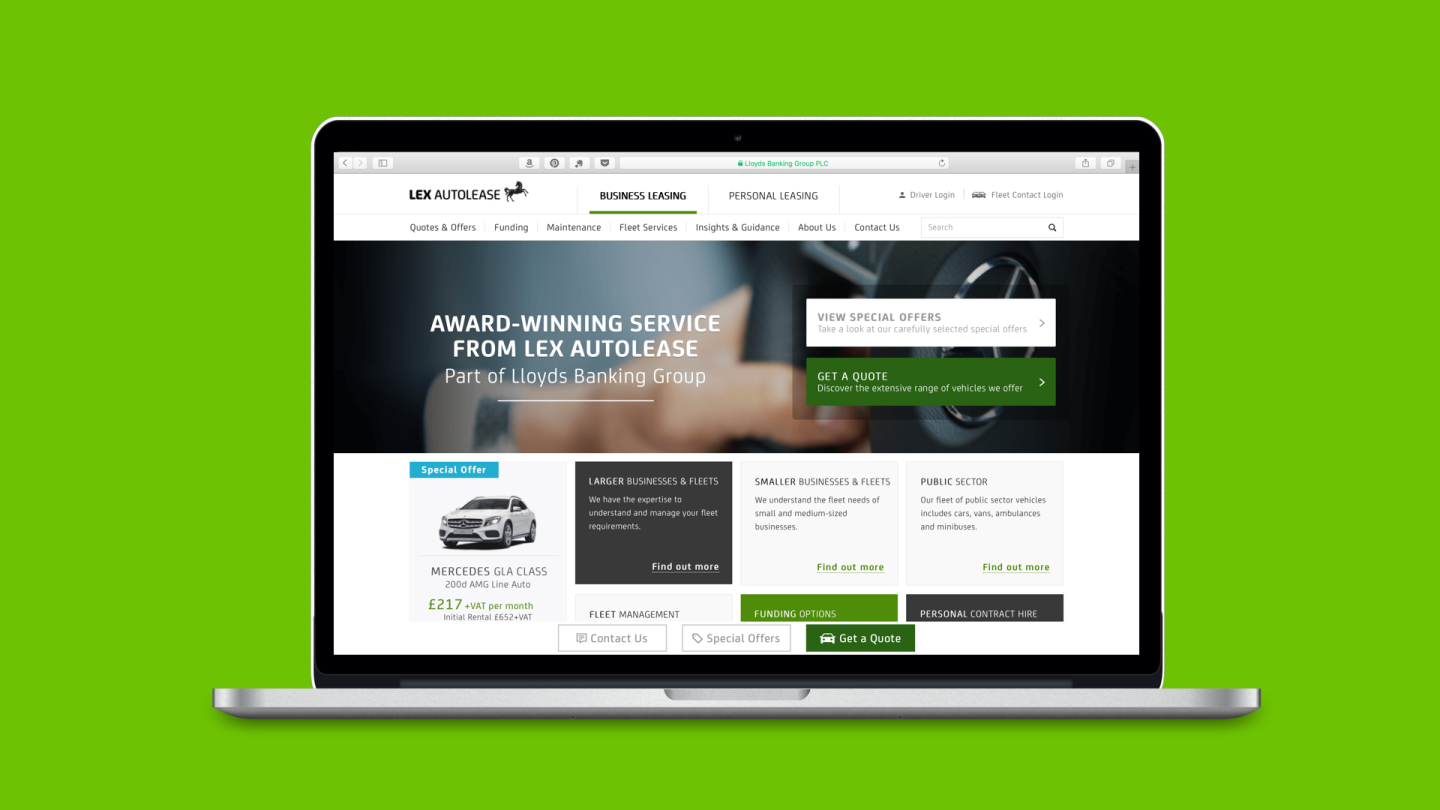
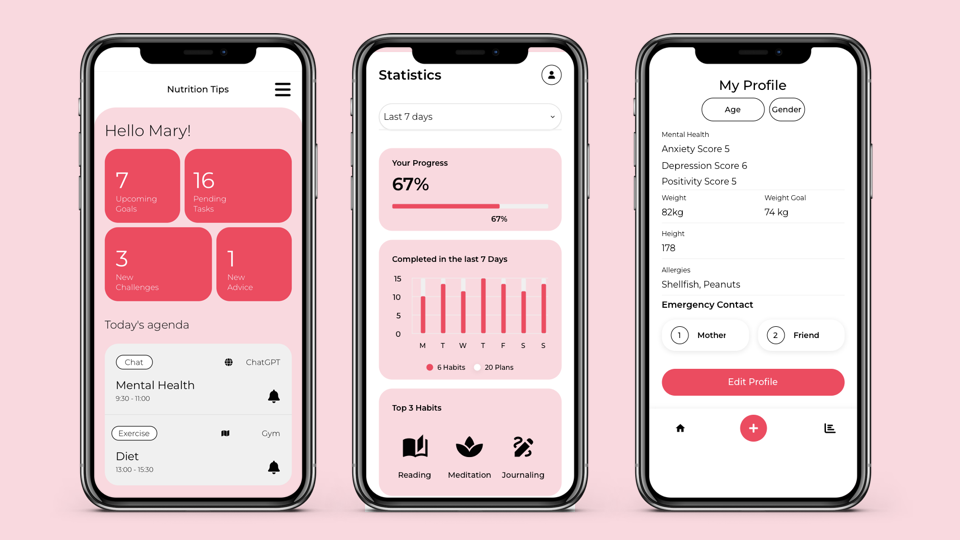
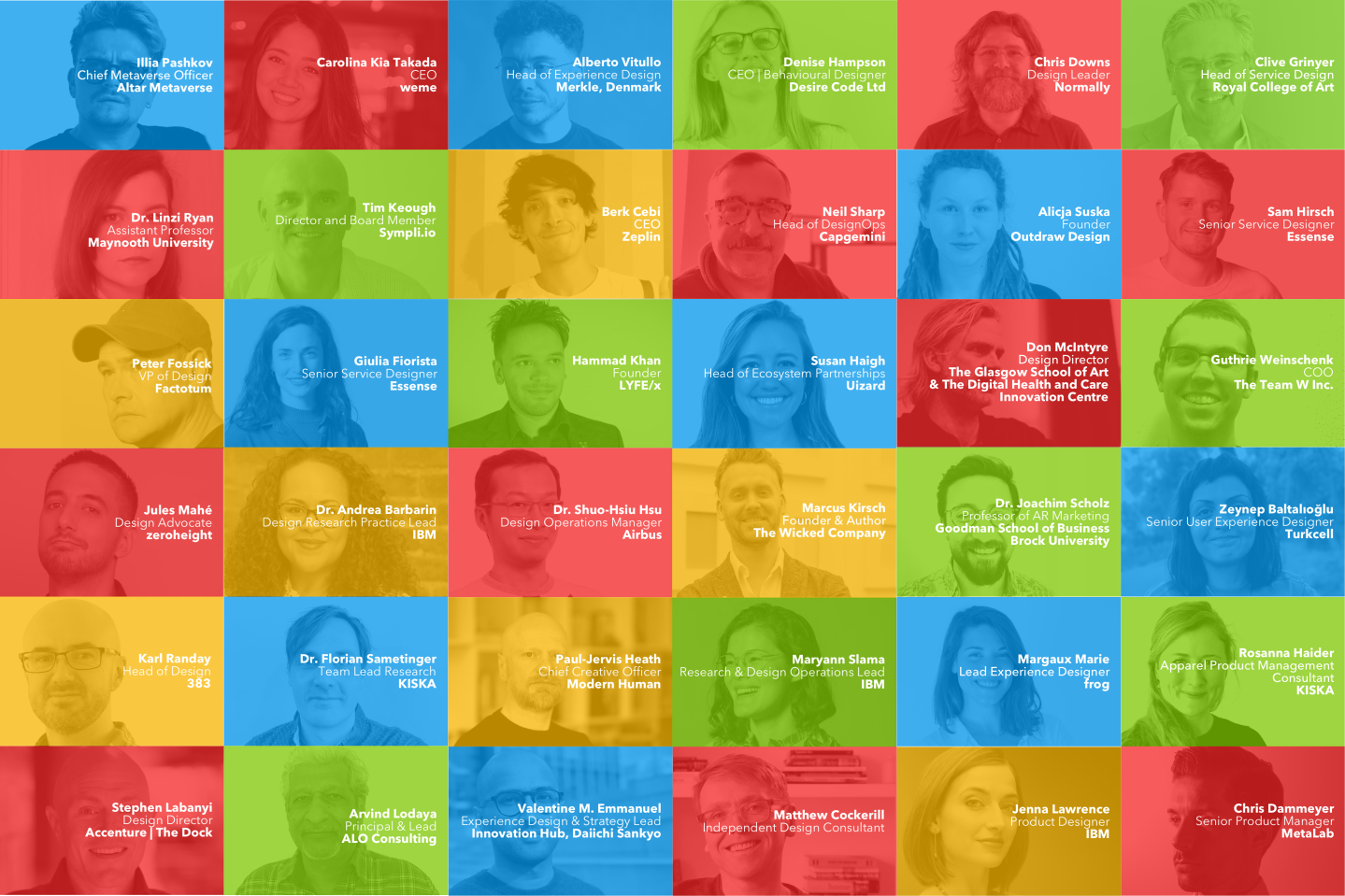
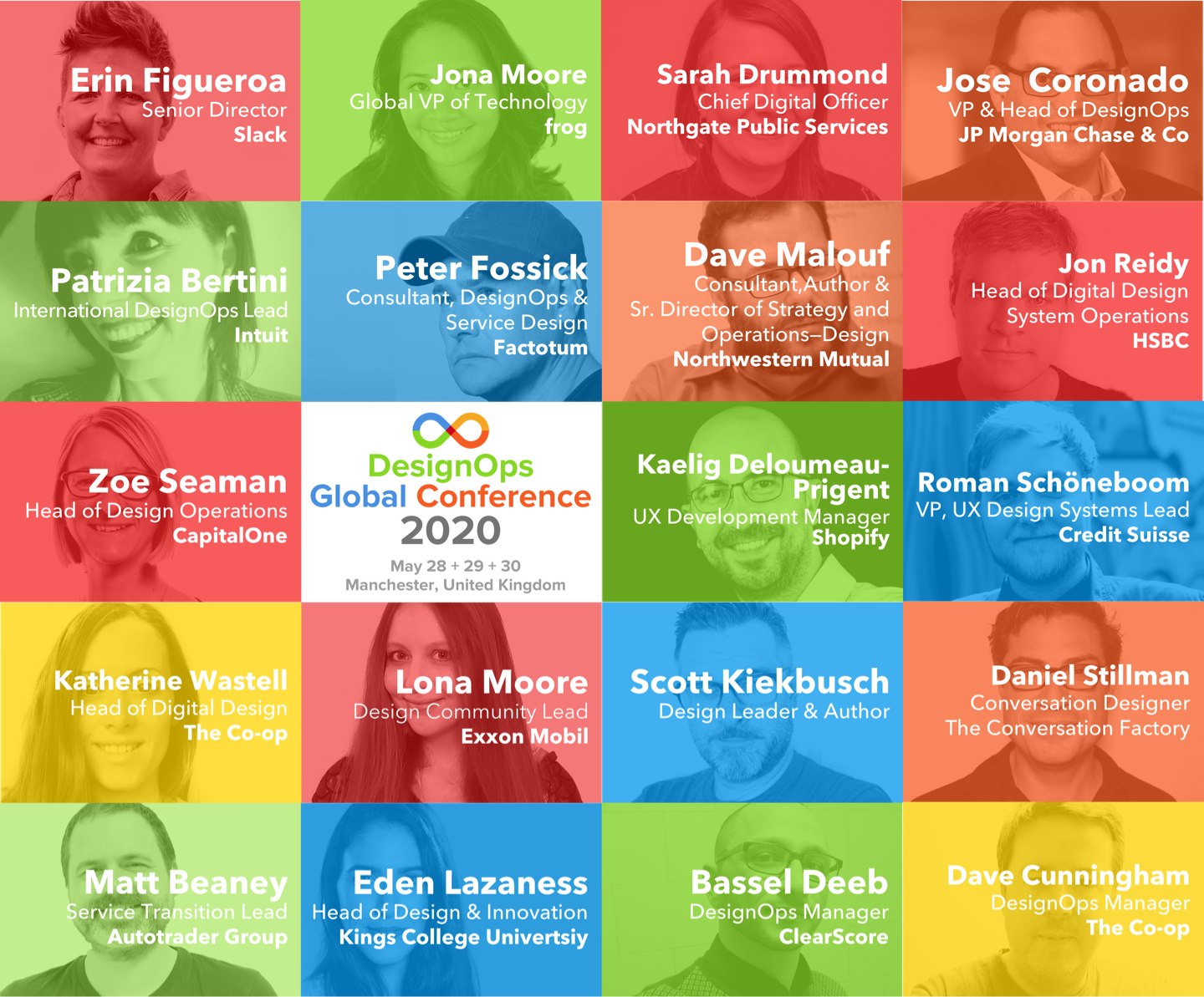
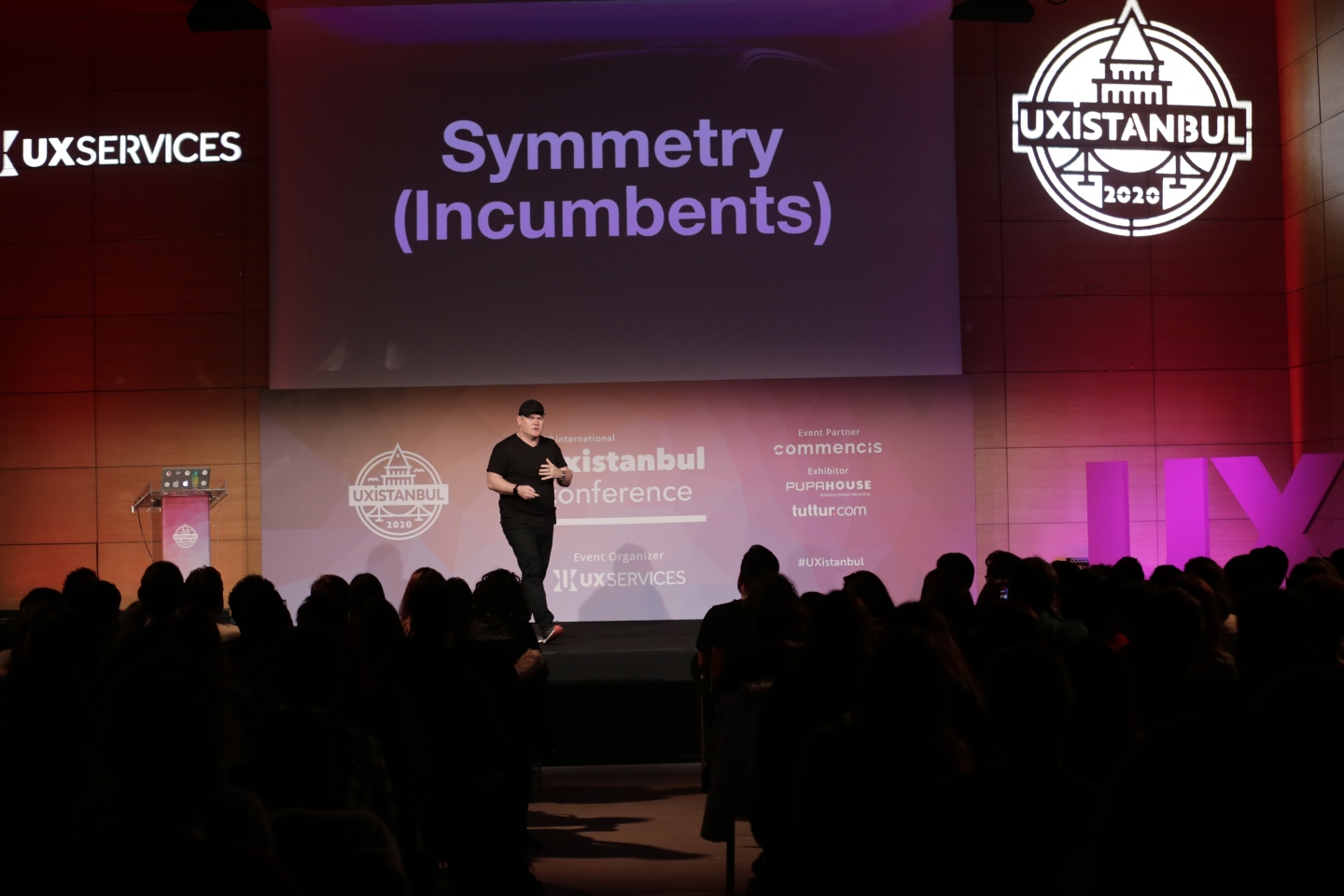
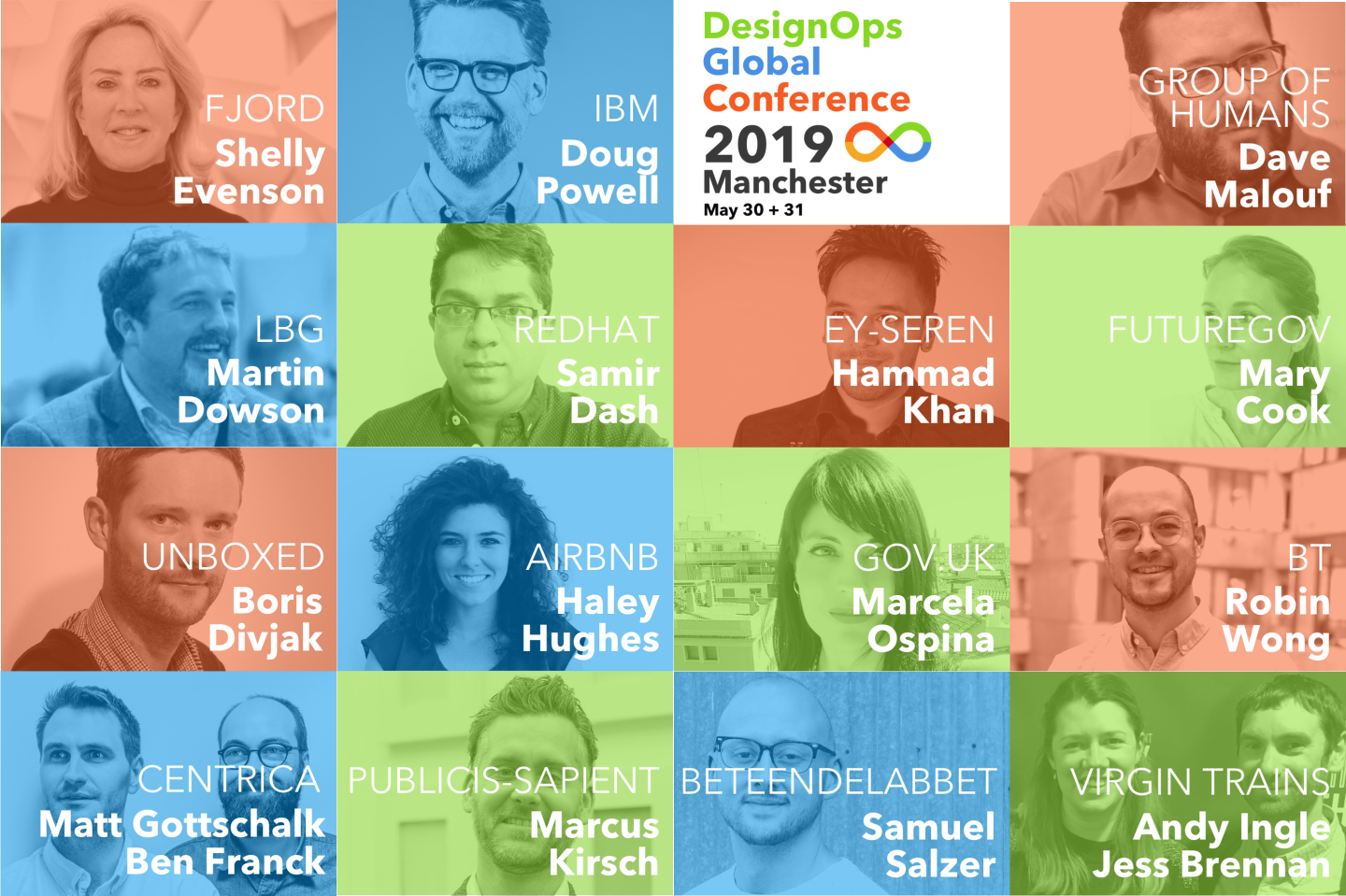
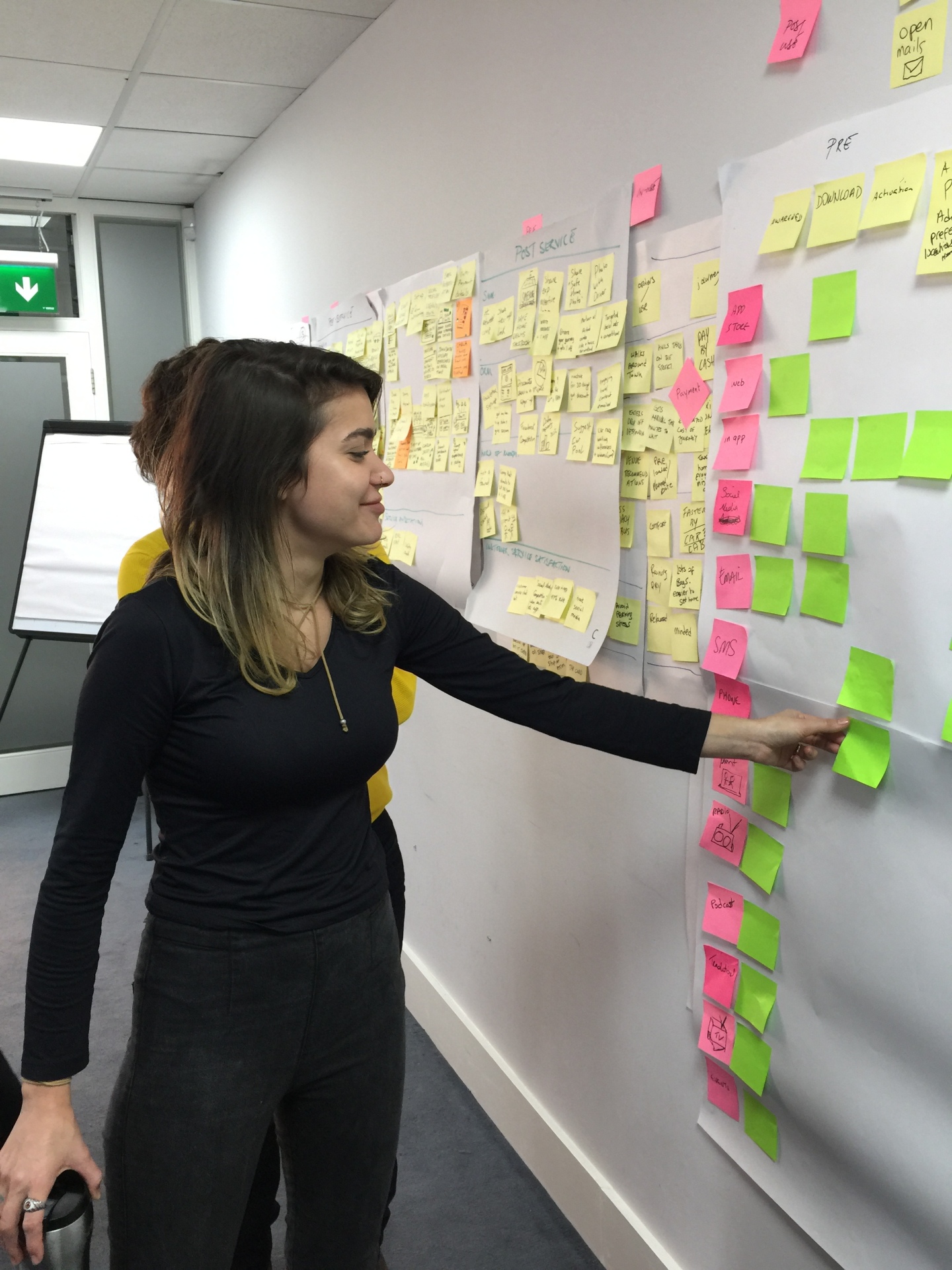
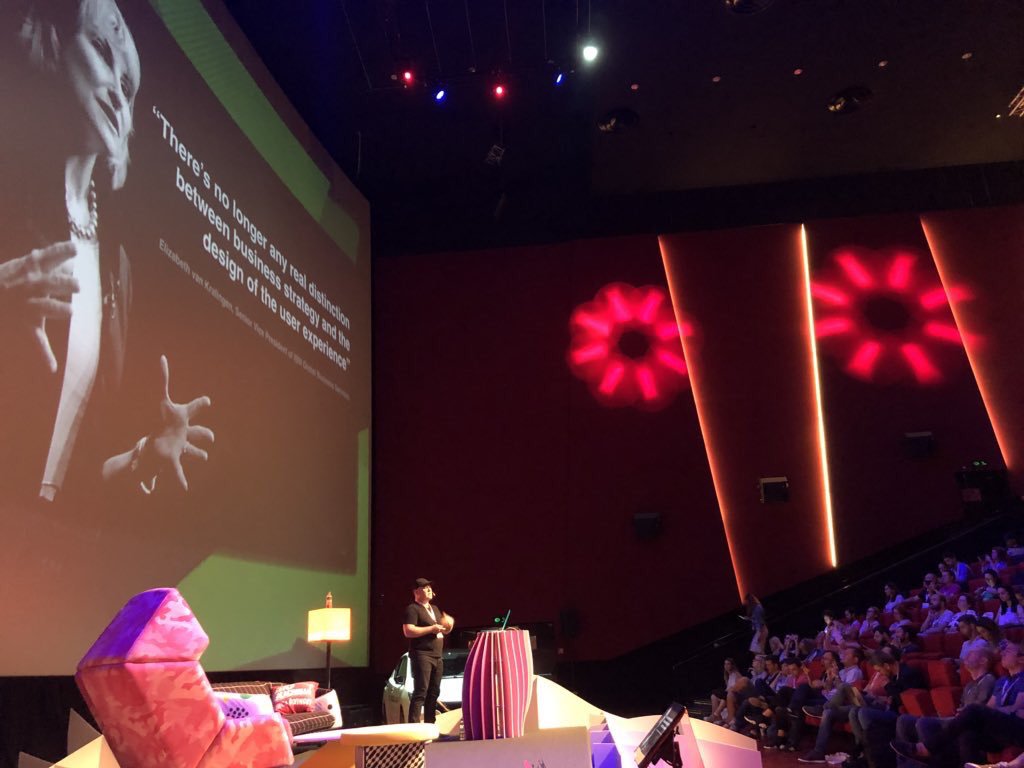
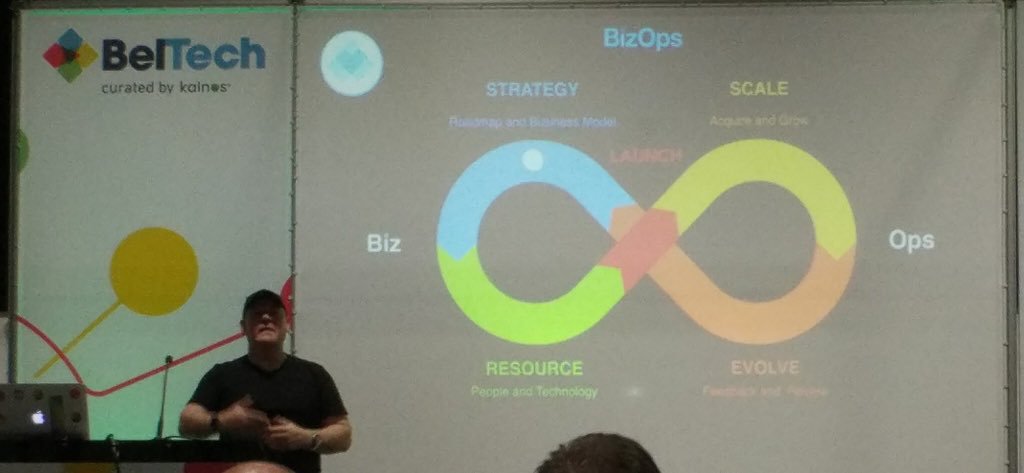
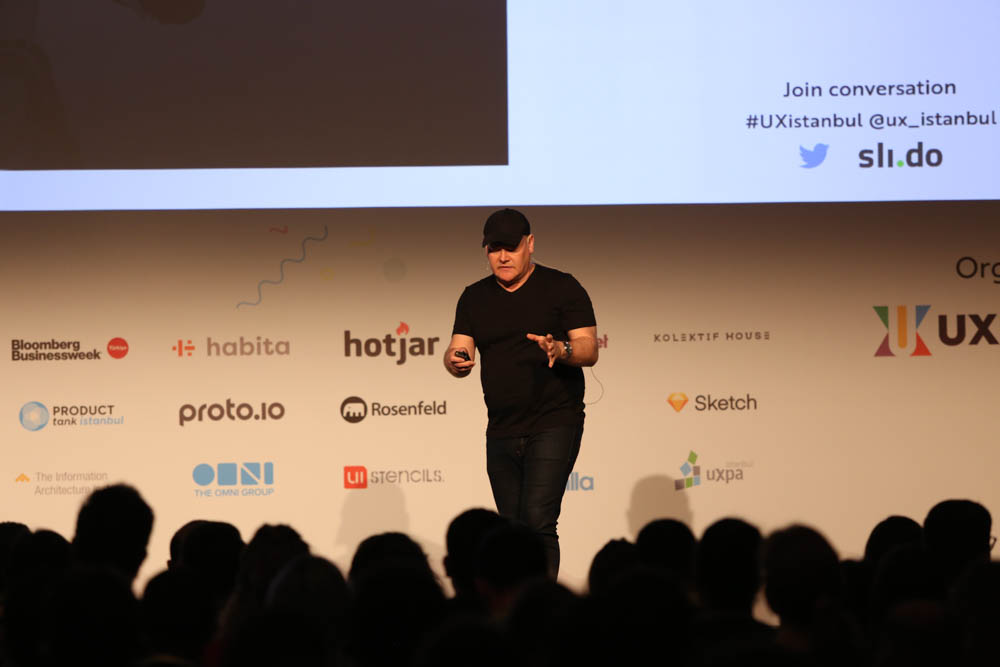
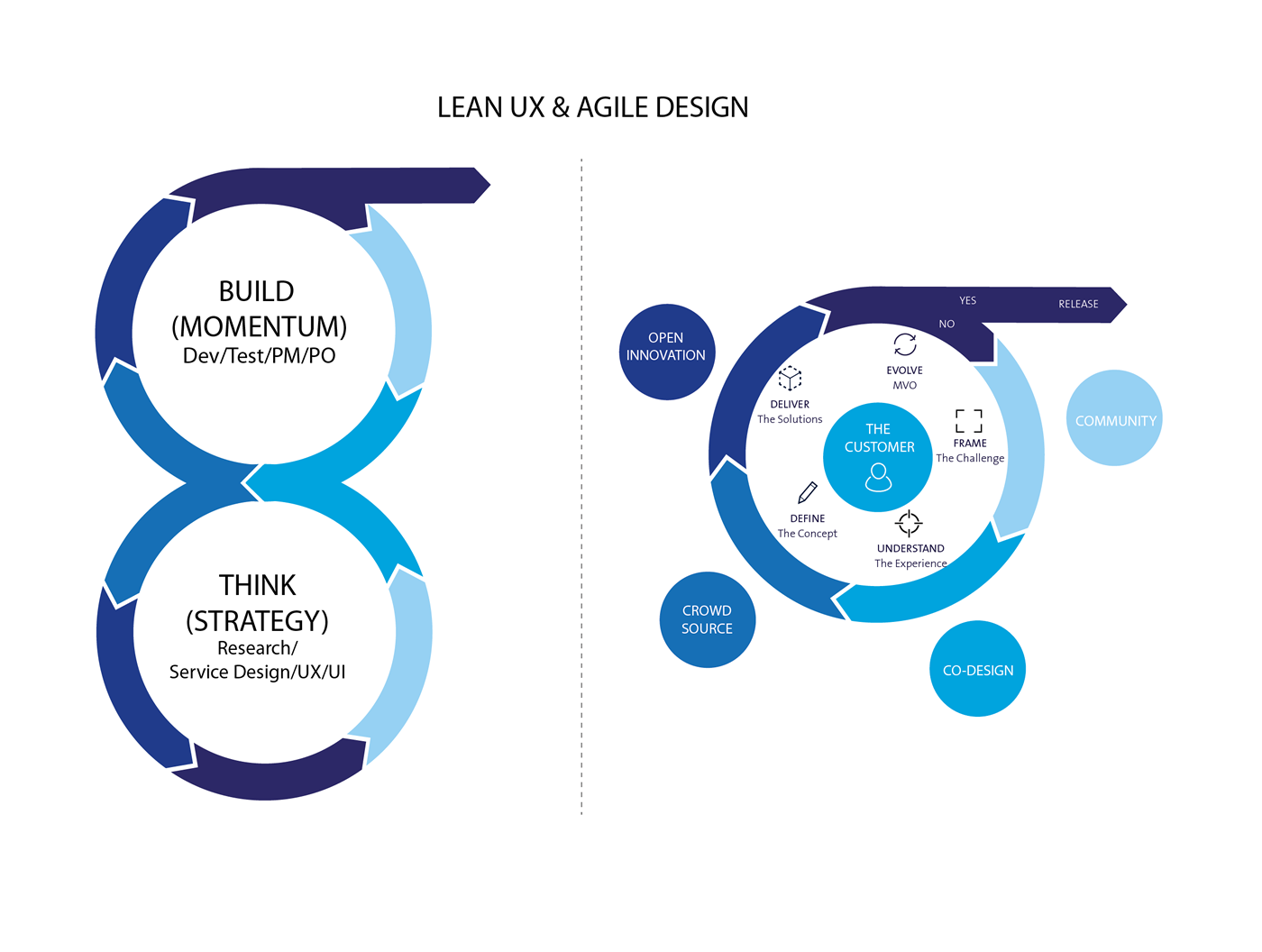
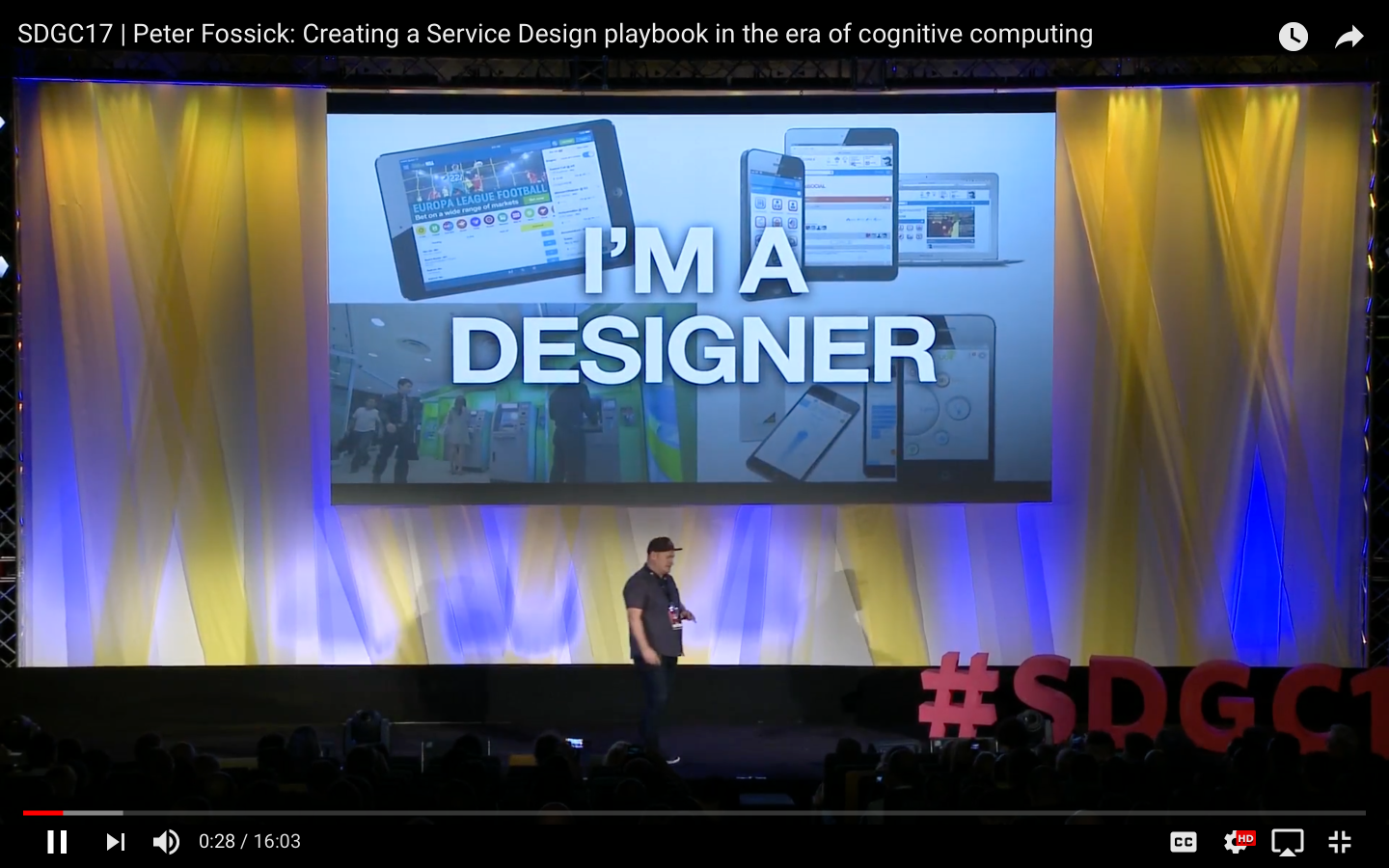
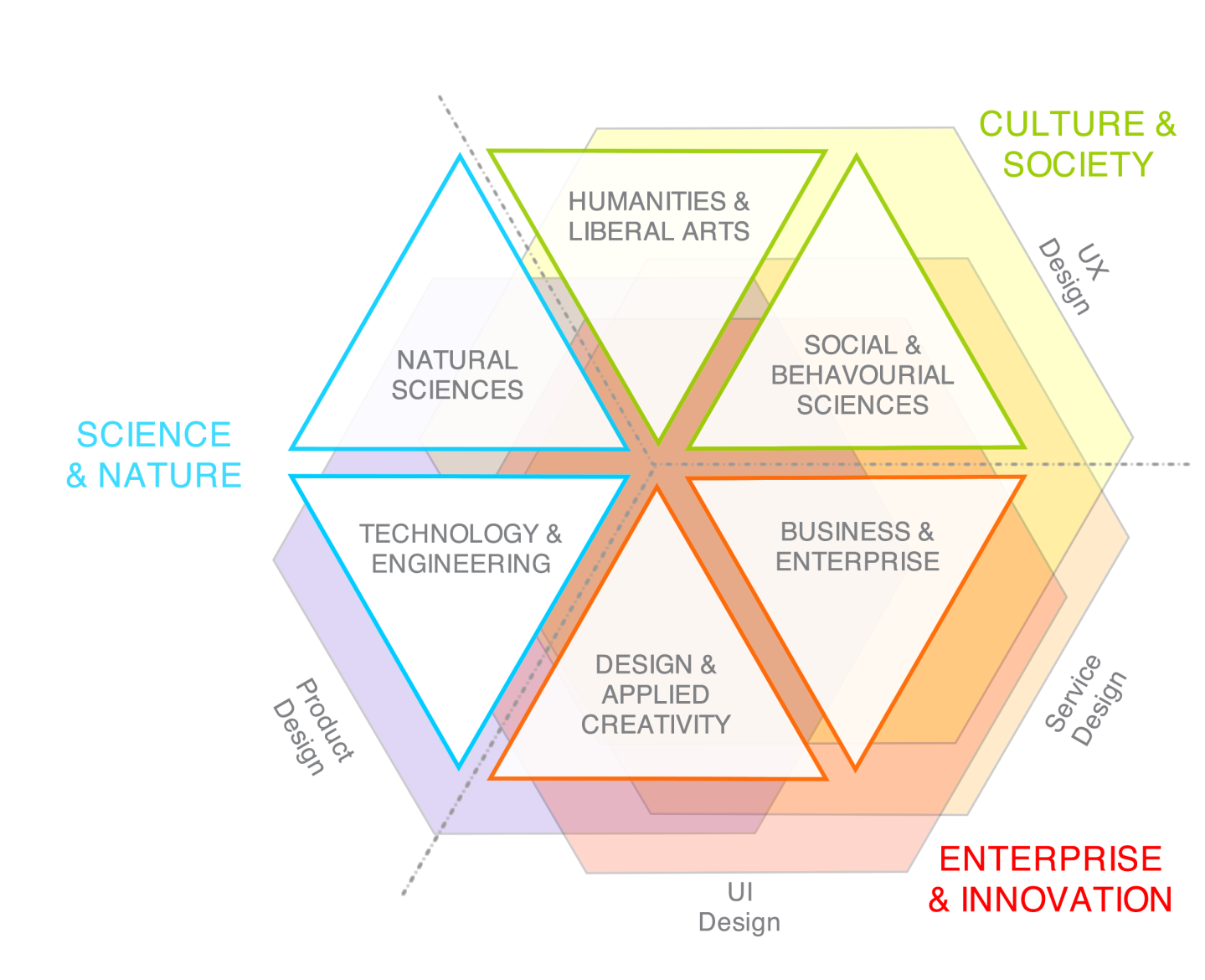
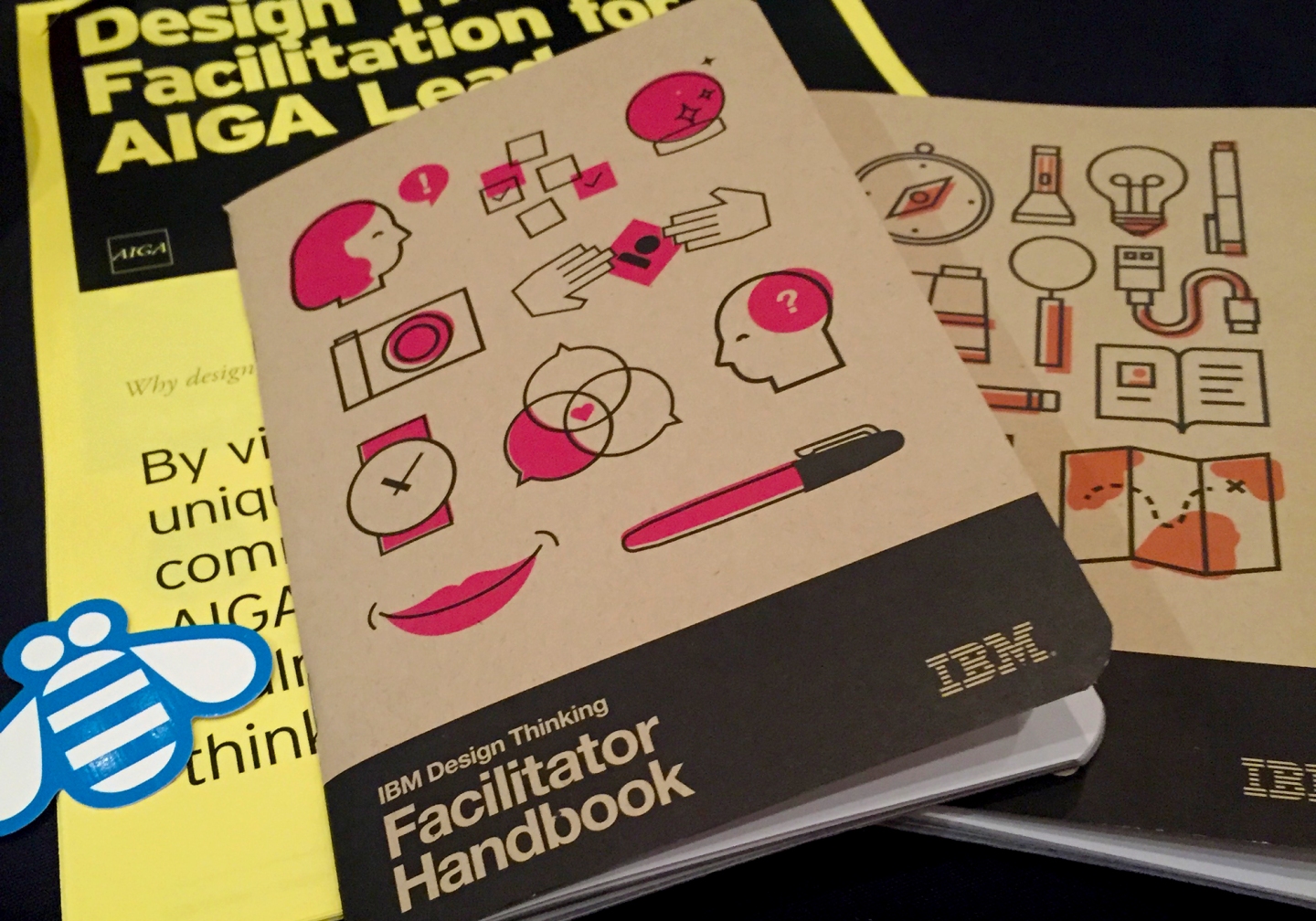
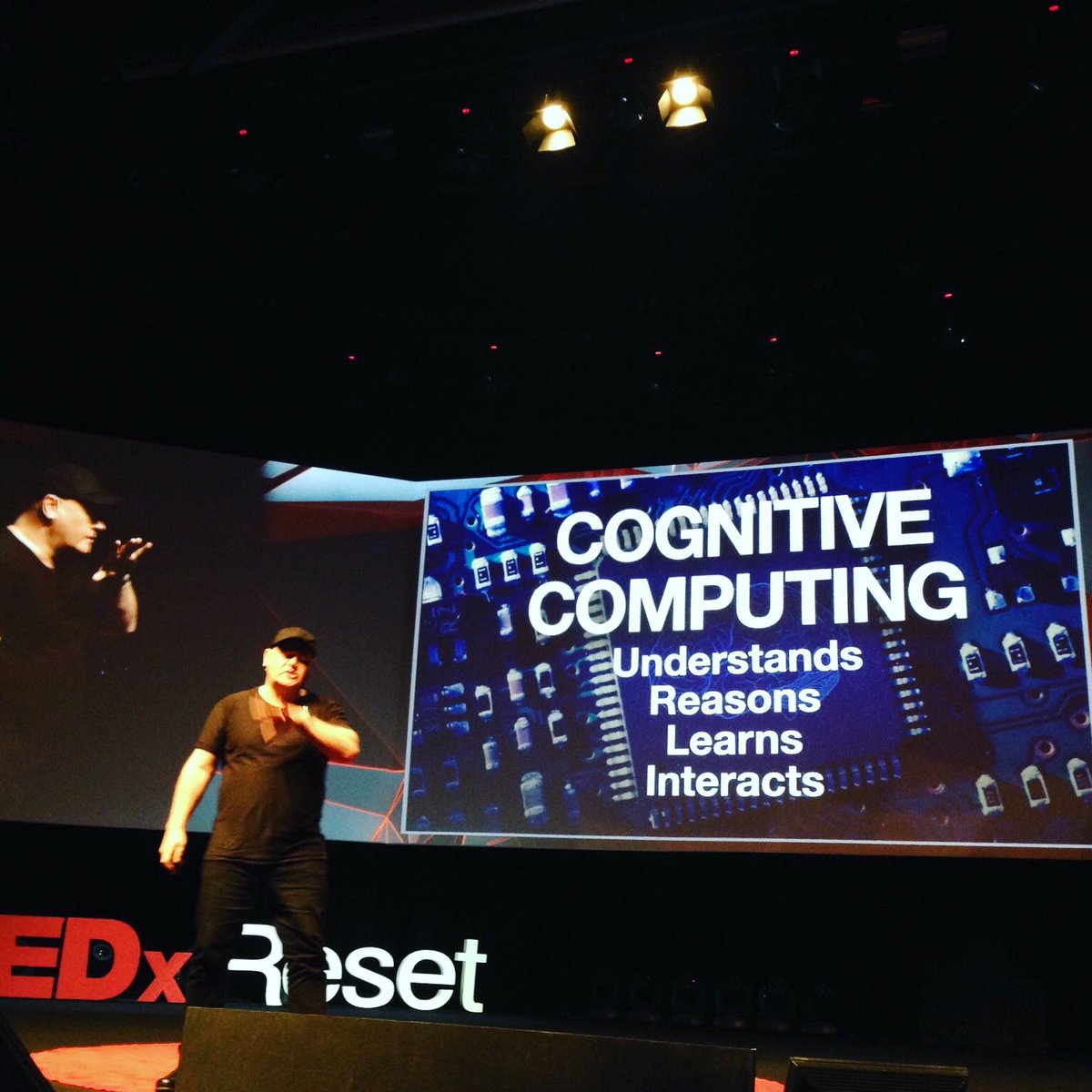
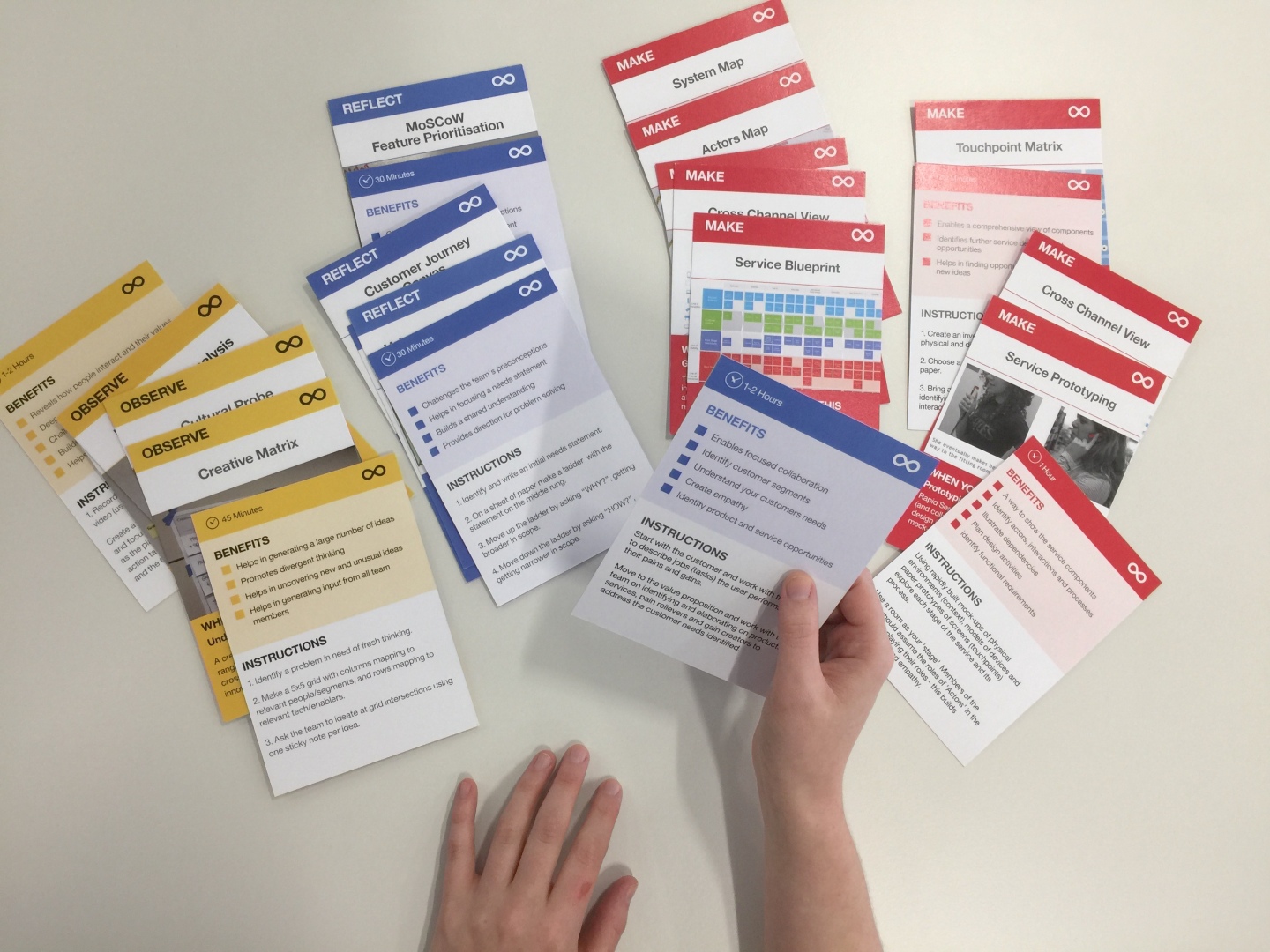
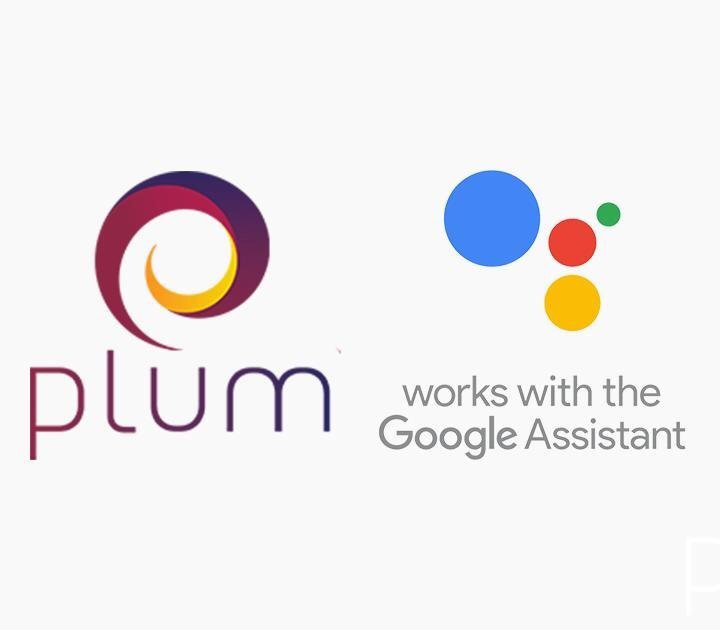
You must be logged in to post a comment.